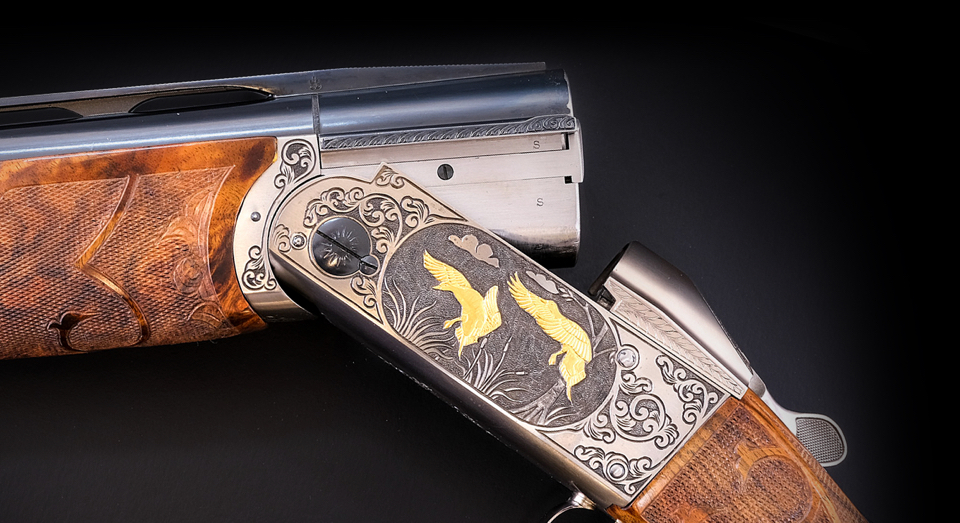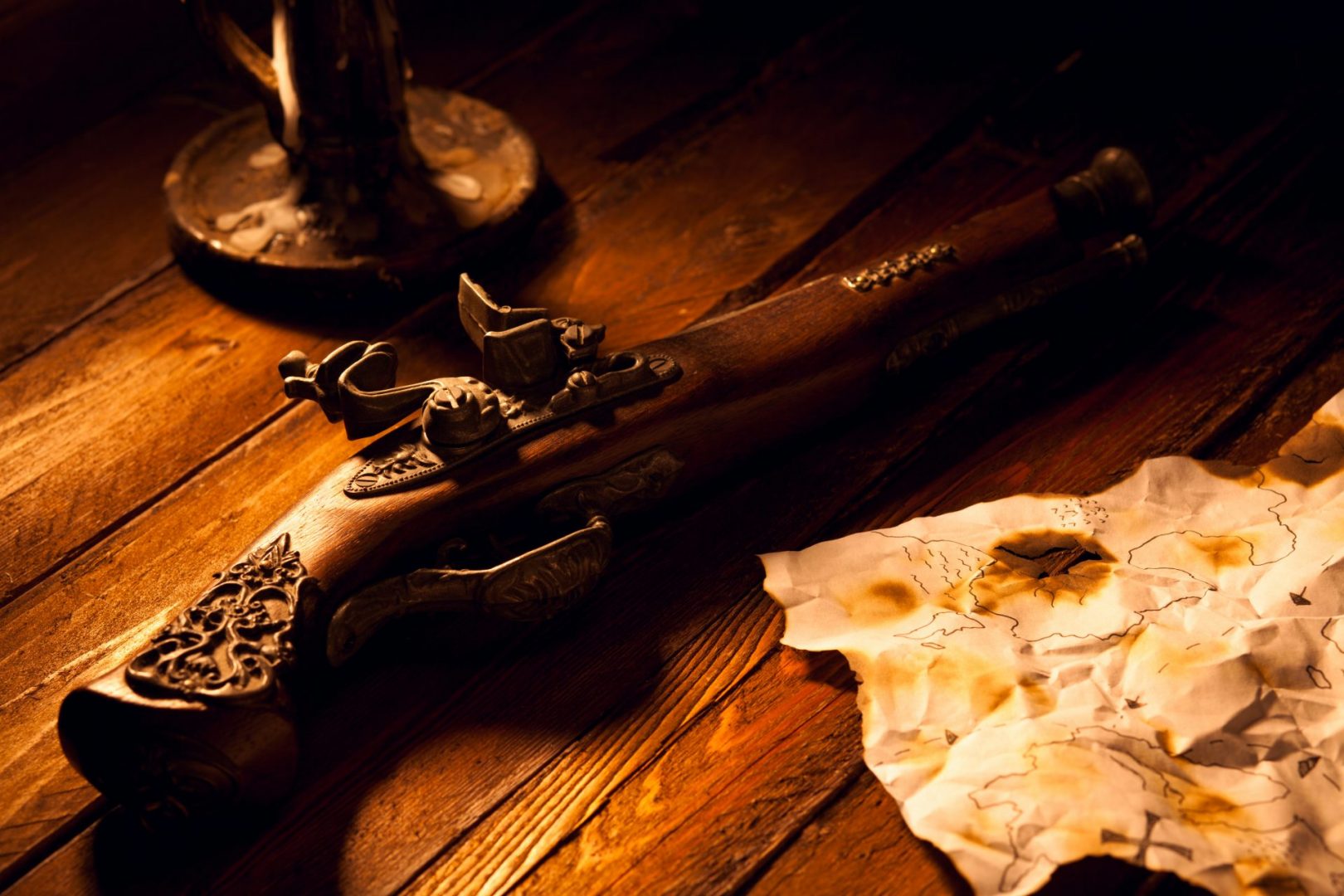To learn how to sell antique guns, you have to know what collectors are looking for. The art of gunsmithing goes back to the 12th century and combines the crafts of blacksmithing, mechanics, and carpentry.
A well-made gun will last for centuries. And collectors are always on the hunt for well-made, beautiful and rare antique guns.
This article is your beginners guide on how to sell antique guns. Learn about your options for selling antique guns and how to get the best price.
How to Sell Antique Guns
Selling antique guns is all about the history of the firearm. Unlike contemporary guns, most black powder antiques are no longer for shooting. Collectors look at more than the gun, itself, but the story behind it.
The American Civil War saw the final use of historical firearms in combat. Antique guns remain the standard after the Civil War. But, in 1892, the invention of the automatic cartridge-firing handgun ushers in a new age.
Smokeless powder in metallic cartridge-firing guns serve to help the Americans win the Spanish-American war in 1898. Therein, separating the age of antiquity from contemporary firearms.
Before you learn how to sell antique guns, you have to determine which of your guns are antique in the eyes of the law. The age at which the law regards a gun as an antique is much older than most people think.
Is Your Firearm an ‘Antique’?
The law is clear on what classifies a gun as an antique. The manufacture date of the firearm must be before 1899. After 1898, smokeless powder became standard. Antique guns include many genres of firearms, mainly muzzleloading rifles, hammer shotguns, and percussion pistols.
1892 saw the invention of the first Borchardt automatic loading handgun and the beginning of the modern gun era. Any guns, that use modern metallic cartridge ammunition with smokeless powder, that are readily available through commercial channels, do not qualify as antiques.
Antique guns are rarely for shooting. Unlike contemporary firearms, you do not need a gun license to buy or sell antique firearms. Antique guns are not subject to common gun laws under the ATF.
Many weapons pass over the threshold of “Antique” and “Modern”. Even though a Krag Rifle from the Spanish American war is old enough to be an antique, it may have been manufactured in January 1899 and the law regards it as a contemporary weapon. The same goes for an old lever-action Winchester repeating rifles and double barrel shotguns.
Always practice gun safety precautions when looking over your firearm. And, make sure that your antique gun adheres to the Bureau of Alcohol, Tobacco, Firearms, and Explosives (ATF) definition and also your state antique gun guidelines.
Are Antique Firearms Valuable?
In Many cases, the value of antique guns far surpasses that of contemporary guns. The rarity, age, current condition and craftsmanship of an antique gun determine the price that someone will pay. Common top break revolvers from the late 18th century sell for less than a hundred dollars.
On the flip side, historically notable firearms in excellent condition, like George Washington’s pistol set sold at auction for over $2 million.
Most collectors buy at auction houses or online gun auctions. Auction houses guide you through the process of how to sell antique guns, and how to get a gun appraisal. An antique gun appraisal determines the firearms starting price at auction.
How do You Get a Gun Appraisal?
There is a general price range for every gun. But, the condition of the firearm determines whether it receives a high or low appraisal. At the end of the day, an antique sells for the price a buyer will pay.
Auction houses provide resources for assessing the condition and value of the gun. To get the best price, the gun should show minimal finish wear and all original hardware.
Furthermore, antique guns sell for the best price with the original wood furniture with minimal wear. Do not refinish your guns, as it depletes the value of the antique…. to the point of killing any collector value.
Do not use caustic chemicals such as rust remover, CLR or similar on the guns steel components or chambers. chemicals can easily take off the original finish. If any cleaning is done, it should be with gun-specific cleaners and regardless, should be done professionally on rare antiques.
And, be careful storing antiques with a barrel plug. Barrel plugs can backfire in usage by trapping moisture which will lead to rust and pitting on the inside of the barrel.
Final Thoughts
Rare guns, without modification or refinishing, the more it is worth to a collector. The old heirlooms in your attic might turn out to be a treasure trove for a collector.
The most important thing to do before going to auction is to classify your guns. If you can’t figure out if your gun is antique or modern, contact a local expert or gun dealer with experience in the antique gun market.
If you like this article on how to sell antique guns, share it with a friend on social media. And check out the blog for more information on antique gun collecting. Thanks for reading!


